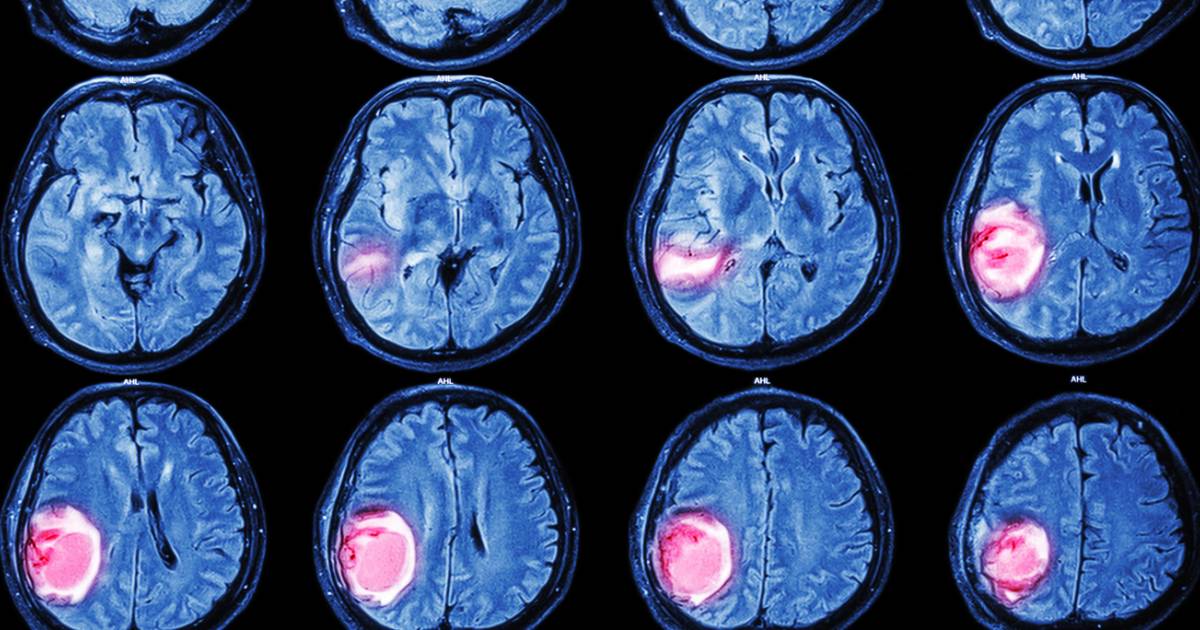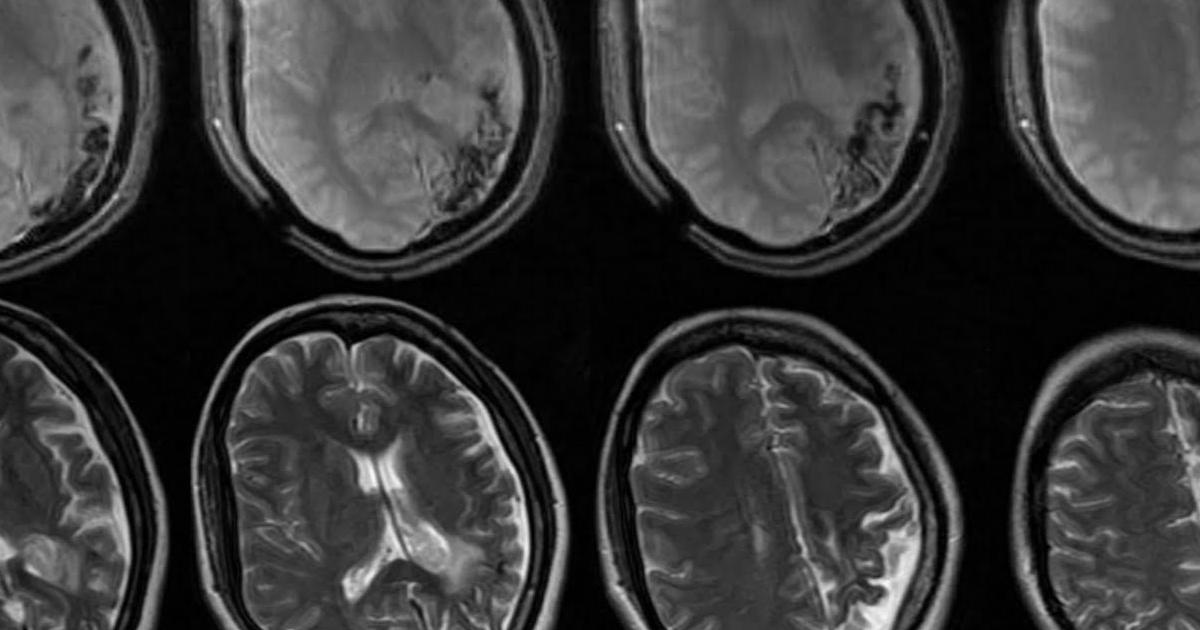What Causes Angiomyolipoma?
Neurofibromatosis

Neurofibromatosis (NF) is an uncommon condition that causes tumors to develop in the nervous system, including the spinal cord, brain, and nerves. The disorder is a group of three conditions: NF1, NF2, and schwannomatosis. NF1 causes symptoms such as tiny bumps within the nerves, freckles on the groin and armpit, brown spots on the skin, and scoliosis. NF2 can cause hearing loss, early cataracts, balance issues, and muscle wasting. Schwannomatosis is a separate form of the disease that leads to cutaneous schwannomas or benign central nervous system tumors.
NF1 is also associated with angiomyolipoma. In some cases, cutaneous angiomyolipoma can be mistaken for a neurofibroma in patients with NF. Both NF and angiomyolipoma are caused by mutations on the TSC1 or TSC2 gene.
Next, find out what rare neurological disorder is related to angiomyolipoma.
Sturge-Weber Syndrome

Sturge-Weber Syndrome or SWS is a rare neurological disorder that causes a hallmark port-wine stain on the forehead and eyelid that is usually apparent at birth. Not all children with a port-wine stain have SWS, but all patients with SWS have the hallmark port-wine stain. The disorder can also cause abnormal blood vessels, intellectual delay, cerebral malformation, seizures, and glaucoma. SWS typically occurs sporadically with no known hereditary cause.
Both SWS and angiomyolipoma are called phakomatoses, which is a group of neuro-oculo-cutaneous syndromes that affect multiple systems. Angiomyolipoma can be found with other phakomatoses including SWS and neurofibromatosis.
Keep reading to reveal which diet may cause this disorder.
